
Lengthened Partials: What They Are & How to Use Them
Lengthened partials are the trendy new bodybuilding technique. The idea is that by challenging your muscles under a deep stretch, you can increase mechanical tension on your muscles, stimulating more muscle growth.
They aren’t as new as they seem. For several decades now, many of the best bodybuilders have built their routines around lengthened partials. So there isn’t just scientific evidence we can reference; there’s also a long bodybuilding tradition we can draw from.
I won’t bury the lead: lengthened partials work. But they don’t usually work better than a full range of motion (review paper), and there are often better ways to get the benefits of training at long muscle lengths.
- What Are Lengthened Partials?
- Do Lengthened Partials Work?
- Stretch & Resistance Curve Seem to Be More Important
- The Most Popular Exercises Are Already Good
- How to Fix Questionable Resistance Curves
- The Best Exercises for Lengthened Partials
- Should You Do Lengthened Partials for the Entire Set?
- How to Do Lengthened Partials
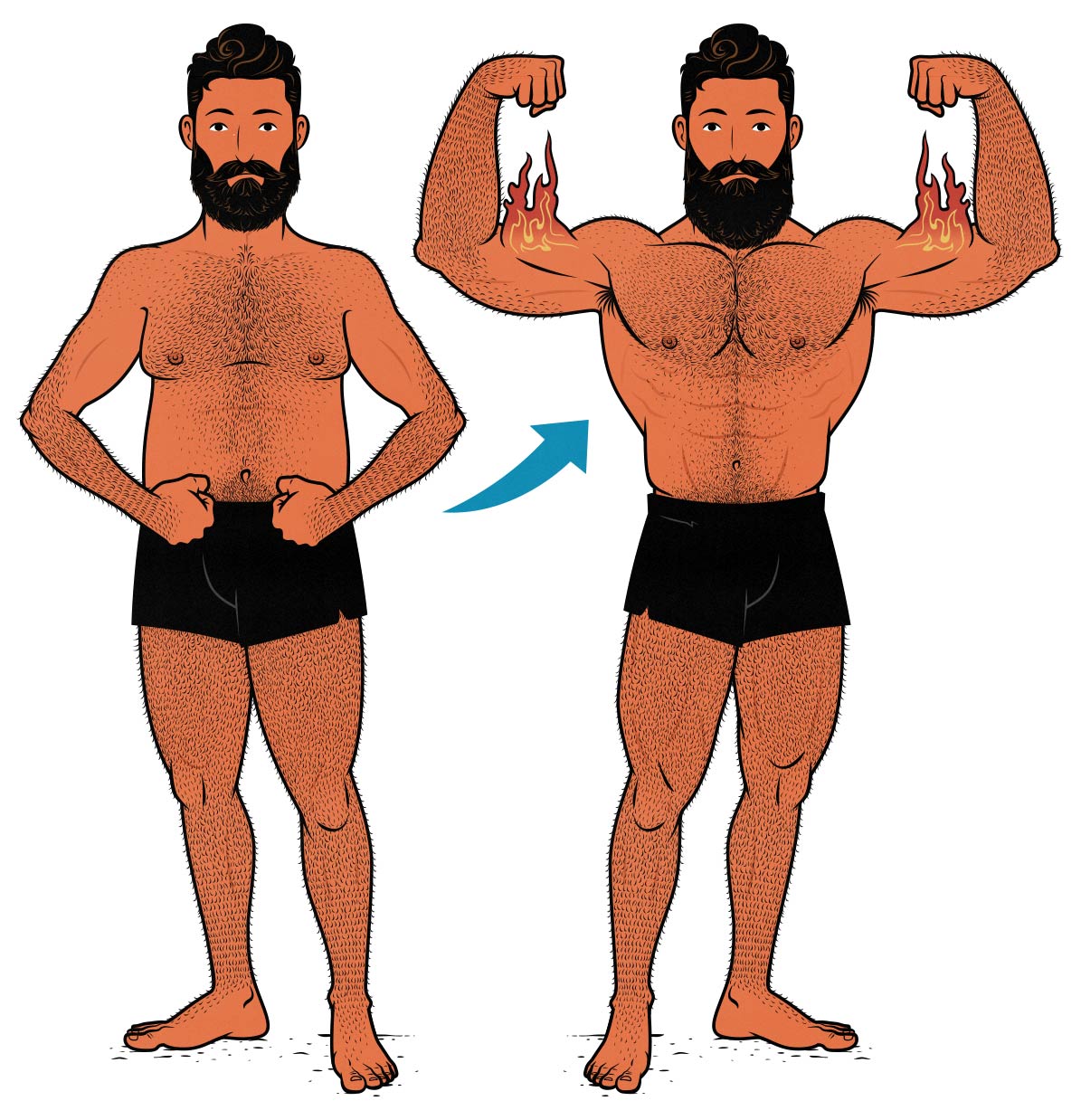
What Are Lengthened Partials?
A lengthened partial is when you do just the bottom 50–70% of the range of motion, cutting away the top part. For example, when you’re doing biceps curls, you could stop at the midway point or just above. That’s where the lift gets hardest, so if you stop just shy of that, you can handle more weight or get more reps.
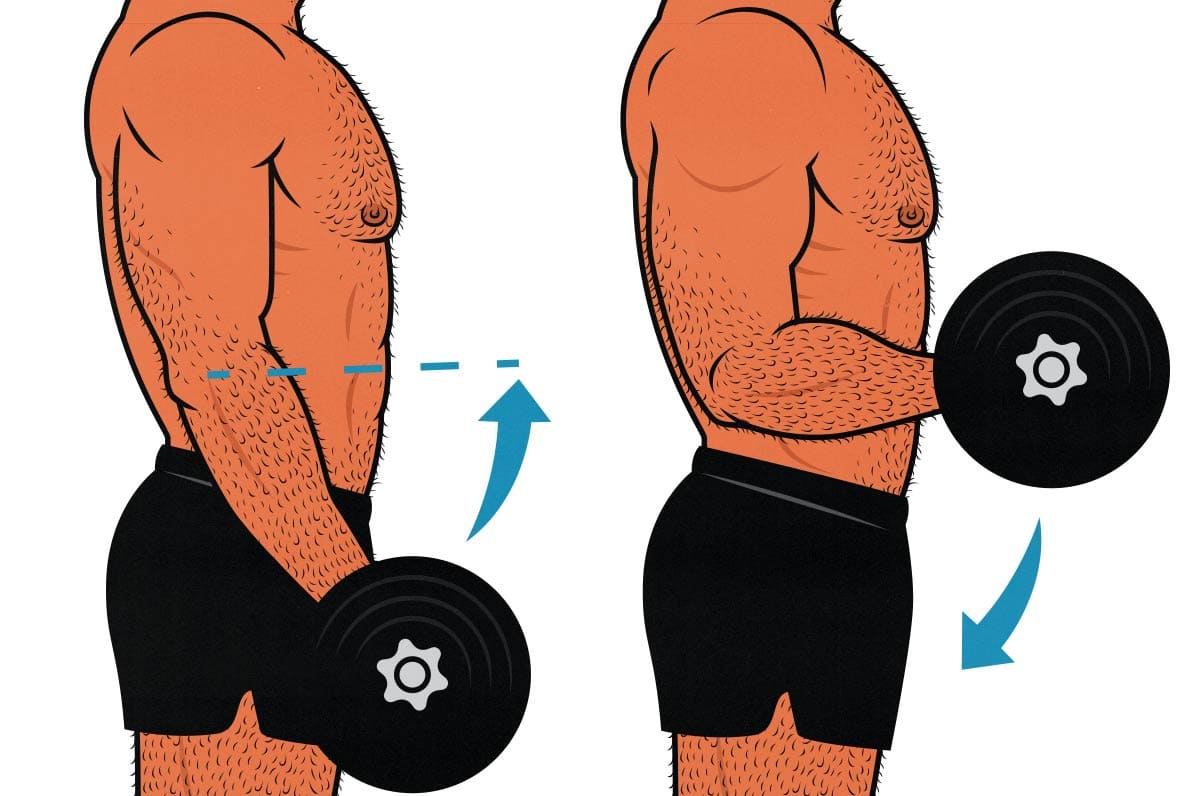
Lengthened partials are trendy right now, and depending on your disposition, that might bias you for or against them. But lengthened partials aren’t like most fitness trends.
First, the best bodybuilders have used lengthened partials for many decades now. It’s actually pretty rare to see a big bodybuilder using a full range of motion. They almost always skip the lockout, sticking to the bottom 50–70% of the exercise.
Second, this trend comes from reputable experts. I first heard about stretch-mediated hypertrophy from Greg Nuckols around 4–5 years ago. That’s when I started experimenting with lengthened partials.
This recent surge in popularity seems to stem from Dr. Milo Wolf, the leading researcher on lengthened partials. I don’t know much about Dr. Wolf, but he used to work for Greg Nuckols, so I’m guessing he’s trustworthy. He certainly seems to know his stuff.
On the other hand, Milo Wolf seems to have been named after the wolf who killed Milo of Croton. If so, perhaps he’s destined to slay the next hero of progressive overload. We’ll have to see how his character arc develops.
Do Lengthened Partials Work?
Historically, lengthened partials were used to keep constant tension on muscles. For example, bringing the dumbbells all the way up on a dumbbell fly removes the tension from your chest. So, if you skip that top portion, you can keep tension on your chest throughout the entire set.
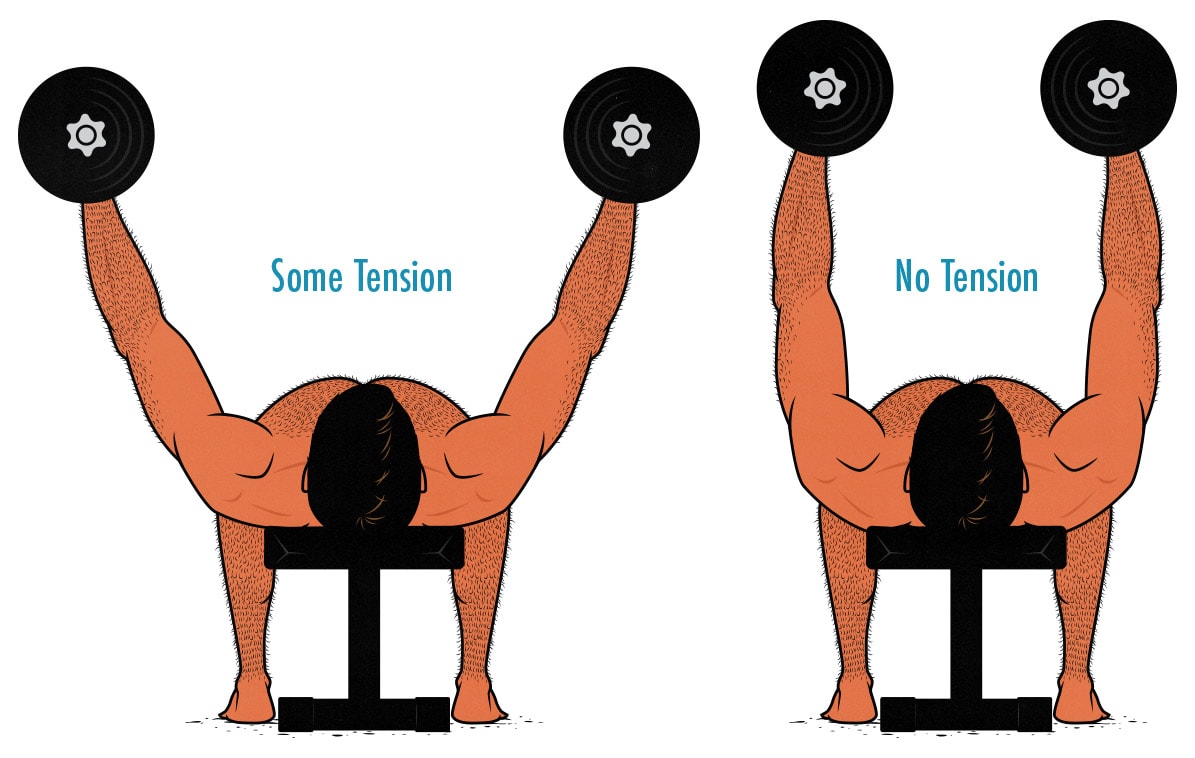
It’s possible that constant tension helps with muscle growth, but there’s no good evidence for it. If a benefit exists, I suspect it’s tiny.
The true power of lengthened partials is they let you spend more of your effort training your muscles at longer muscle lengths. The evidence for training at longer muscle lengths is overwhelming, and the benefits are huge (full explanation).
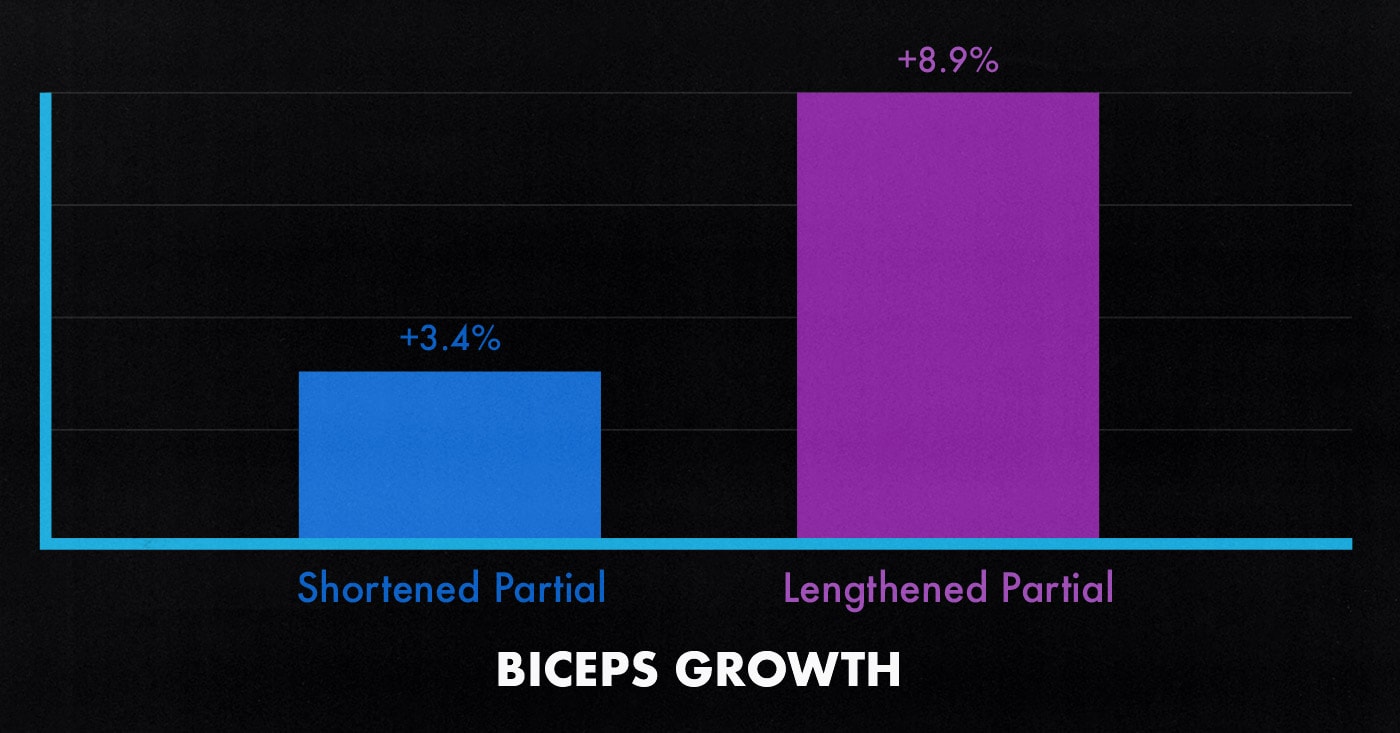
For example, Sato and colleagues had some participants do just the bottom half of their biceps curls (lengthened partials) and the other group do just the top half (shortened partials). The group doing lengthened partials gained 2.6 times more muscle (study).
The benefits of using lengthened partials over using a full range of motion aren’t nearly so dramatic, but most studies still show an advantage. I’ve heard Dr. Wolf say you might be able to get around 5% more muscle growth from cutting away the top part of the range of motion.
The other potential advantage of lengthened partials is that they let you push past muscular failure. When you fail at a full range of motion, you can keep going, doing a few more partial reps. This is called a lengthened partial superset. (More on supersets here.)
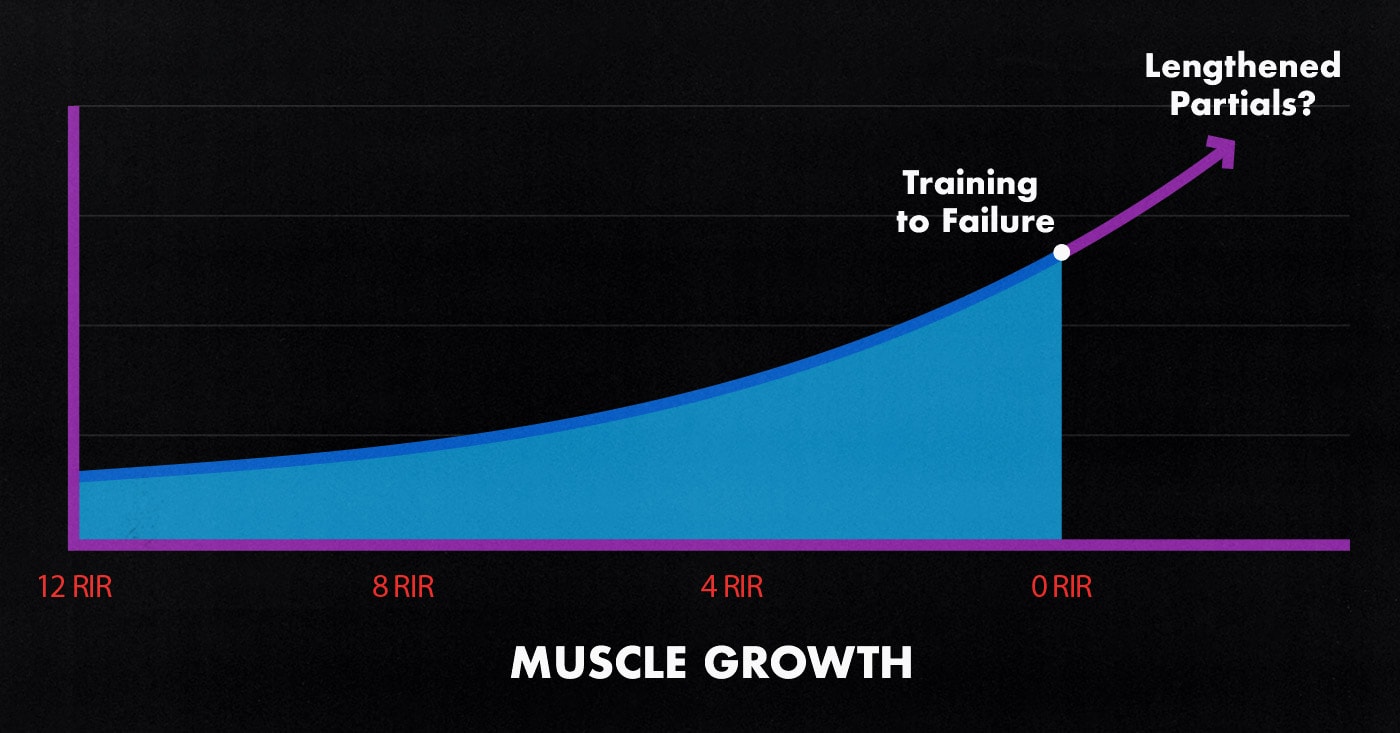
A recent meta-analysis by Robinson and colleagues found that training closer to failure stimulates more muscle growth per set (study). It’s possible that by allowing you to train past failure, lengthened partial supersets stimulate even more muscle growth per set. It’s something to consider, especially if you prefer lower training volumes. (More on training volume here.)
Lengthened partials don’t have any major downsides, either. They’re great for gaining general strength and mobility, and they stimulate muscle growth down the full length of your muscle fibres (unlike shortened partials). There’s no reason not to do them, especially if you mix them in alongside full range-of-motion exercises.
Stretch & Resistance Curve Seem to Be More Important
Stretch: How to Train Your Muscles at Longer Lengths
The principle underlying lengthened partials is stretch-mediated hypertrophy—the idea that challenging your muscles at long muscle lengths stimulates extra muscle growth.
Let’s go back to the example of the biceps curl, but this time, let’s look at your other biceps—your biceps femoris (part of your hamstrings). The biceps in your legs are similar to the biceps in your arms: the long head crosses multiple joints. You can stretch that long head out by bending at the hips. If you’ve ever done Romanian deadlifts, you know exactly what I mean. As you bend at the hips, you feel a deep stretch on your hamstrings.
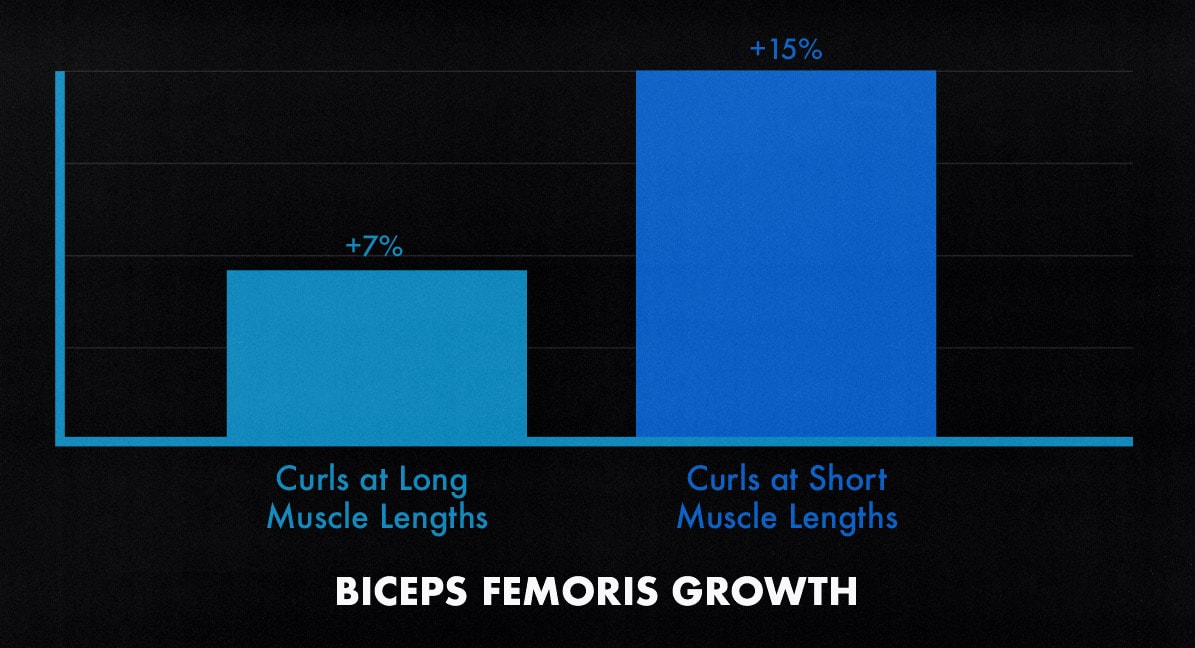
Maeo had participants train one leg with seated hamstring curls (with the hamstrings stretched at the hips) and the other leg with lying hamstring curls (no stretch). The hamstring muscle fibres that were trained under a deeper stretch grew over twice as quickly (study).
This wasn’t a study on lengthened partials. Both groups trained their knees through a full range of motion. The emphasis on the stretch came from exercise selection instead.
You can do the same thing with the biceps in your arms. If you bring your elbows behind your body, it stretches your biceps at the shoulder joint, allowing you to train them at longer muscle lengths. The most popular example of that is the incline curl, but we can do even better.
Resistance Curve: How to Challenge Your Muscles at Longer Lengths
We can also make the bottom of the range of motion harder. That way, you aren’t just training your muscles at long muscle lengths; you’re challenging your muscles at long muscle lengths.
The most common example of this is the preacher curl. By bringing your arms more horizontal, you make the bottom of the range of motion much harder. The downside is that preacher curls bring your elbows in front of your body, reducing the length of the long head of your biceps.
That brings us to the lying dumbbell biceps curl. You’re working your biceps at longer muscle lengths and shifting the strength curve such that it works your biceps harder at the bottom of the range of motion.
With exercises like these, you can work your muscles harder under a deeper stretch without using partials. That isn’t to say lengthened partials are bad, just that it’s important to focus on the underlying principle: challenging your muscles at long muscle lengths.
The Most Popular Exercises Are Already Good
The squat, bench press, and deadlift all challenge your muscles at long muscle lengths. You can take it one step further by doing deeper squat variations (like goblet squats and front squats), deeper bench press variations (like dips and deficit push-ups), and by swapping out conventional barbell deadlifts for Romanian deadlifts (which train some of your hamstrings under a deeper stretch).
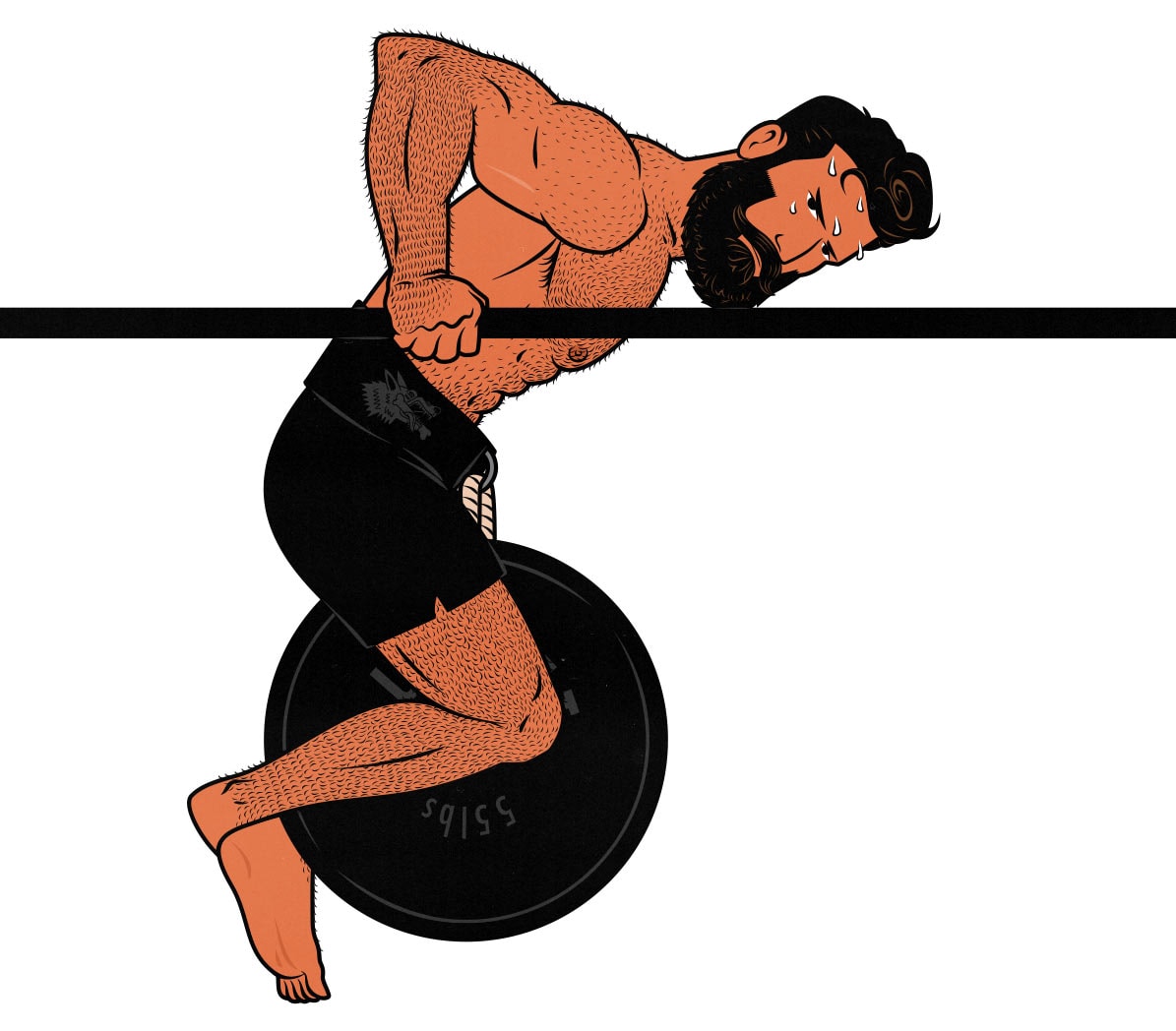
When you’re doing good exercises like these, lengthened partials won’t make much difference. You’re free to cut out the top half or third of the range of motion, but that doesn’t work well on every exercise. Lengthened partials feel quite natural when doing dips, less so when doing squats and deadlifts.
How to Fix Questionable Resistance Curves
Some popular exercises have iffy strength curves. Chin-ups train your lats at immensely long muscle lengths, but the bottom of the range of motion isn’t nearly as challenging as the middle. You could try to fix that by doing lengthened partials, but it can be a bit awkward. The overhead press has the same problem. If you stop halfway through, you interfere with the dynamics of the lift.
With these lifts, I recommend lifting more explosively. I always recommend lifting explosively, but it’s especially important with lifts that are easiest at the beginning. If you try to accelerate the weight as fast as you can, you’ll put far more force into the bar at the bottom of the range of motion, working your muscles far harder at longer muscle lengths.
The Best Exercises for Lengthened Partials
Lengthened partials are great on simple exercises, especially if cutting out the top half of the range of motion lets you use heavier weights or get substantially more reps. Here are some examples:
- Biceps Curls: Most people fail their biceps curls right after passing the middle of the range of motion. If you stop before reaching the sticking point, you can handle more weight or get more repetitions.
- Lat Pulldowns: Lat pulldowns aren’t usually that challenging at the bottom, meaning you could use heavier weights and only do the bottom half, or you could keep doing partial reps after you fail at the top.
- Rows: Cutting out the top half of rows lets you use more weight or get more reps in the bottom half.
- Leg Extensions: Leg extensions have a decent resistance curve all through the range of motion, but you can get even more out of them by focusing on the bottom half.
- Machine Chest Presses: When you use exercise machines, it’s easy to hang out closer to the bottom of the range of motion without the lift feeling awkward. Chest press machines are especially good for that.
- Dips and Deficit Push-Ups: Another way to train your chest under a deep stretch is to focus on the bottom half of dips and deficit push-ups. I’ve been doing this for 5 years now.
You can also use lengthened partials on exercises like overhead triceps extensions and dumbbell flyes. But with those exercises, you’re already biasing the lengthened portion of the lift. The lockout is so easy that you won’t save much energy by avoiding it. Good exercises can’t be made that much better.
Should You Do Lengthened Partials for the Entire Set?
I think all of the research on lengthened partials was on participants who did them for the entire set. We know that works, and we know it works well.
However, we also know that drop sets work quite well. A drop set is when you do a regular set, then grab a lighter weight and keep going. Lengthened partial supersets are very similar to that. You do a regular set, and then you find a way to keep going.
On exercises where lengthened partials work particularly well, I’ll do them for the entire set. That way, I get the advantage of lengthened partials for more total reps. That’s the approach I take with dips and lying dumbbell curls.
I also like to use lengthened partial supersets on muscles that are harder to stimulate, such as my back, biceps, and side delts. That way, I can push past failure, working those muscles harder with each set.
How to Do Lengthened Partials
A good rule of thumb is to do the bottom half of the range of motion. You can adjust from there, doing a little more or less depending on the exercise.
You could do an entire workout routine built around lengthened partials, but I wouldn’t. Instead, I’d follow a workout routine built on a foundation of good exercises. Most of those exercises should naturally bias the lengthened portion of the lift, giving you most of the advantages of stretch-mediated hypertrophy. From there, you can add some lengthened partials when it suits the exercise.
For example, you could swap out your push-ups or barbell bench presses for weighted dips. That’s already enough to get most of the benefits of stretch-mediated hypertrophy. To take that even further, you could experiment with cutting out the top half of the range of motion.
You could do lengthened partials on every rep, or you could do a regular set followed immediately by a lengthened partial superset. For example, you could start your set with a full range of motion, but keep going past failure, only stopping your set when you can’t make it to the midpoint anymore.
Your workout routine won’t change very much, but if you’re smart about it, you should find yourself working your muscles a little harder on some sets, feeling a little sorer after every workout, and making better strength gains overall. If you can do that, you should be able to build muscle faster.

Alright, that’s it for now. If you want more, we have a free muscle-building newsletter. If you want a full foundational bulking program, including a 5-month full-body workout routine, diet guide, recipe book, and online coaching, check out our Bony to Beastly Program (for men) or Bony to Bombshell Program (for women). If you want a customizable intermediate muscle-building program, check out our Outlift Hypertrophy Program.



Is there any exercise(s) where using a barbell would be more beneficial for muscle hypertrophy(only size not strength) than using a dumbbell?
Dumbbells are pretty good for building muscle. Usually a barbell is more about convenience than stimulating more muscle growth. The exercises are more stable, and sometimes it’s easier to train both sides at once.
One exception is with deadlift movements. It’s pretty hard to get enough weight from dumbbells. If someone has both dumbbells and barbells, usually better to do barbell deadlift variations than dumbbell variations. You can get by with dumbbells by doing one-legged “kickstand” Romanian deadlifts and such, but the barbell versions are easier. They also load your spinal erectors heavier, so you’d get stronger postural muscles.
You can also find examples where the dumbbell versions of exercises are better.
Thanks man. Appreciate the response. Your articles and YouTube channel are diamond-esque. When is the next video coming btw?
Though I’d like to point out that you might have made an error in the bicep-femoris graphic chart in this article.
My pleasure!
Oi, what’s the mistake?
I finished the research and scripting, and I’ve got the talking portion filmed, along with most of the B-roll footage. I’ve got a couple more shots to film, and I still need to draw the thumbnail illustration. Jared started helping me edit the videos, so he’s already working on that. I’m hoping that by working together, we can have it done in a few more days.
The video is about how to eat more calories more easily. It’ll be the longest video we’ve done. Maybe 20–25 minutes. That doesn’t sound like much, but it takes a surprisingly long time, at least at the pace we go at.
The graphic chart where curls at short muscle lengths and long muscle lengths are compared for the biceps femoris aka hamstrings. I think someone mistakenly swapped the two
Oh, shoot! You’re right. I checked the first graph and saw it was fine. I forgot I made a second one. Thank you! I’ll fix it.
21’s me thinks. Whereby you do the top range partials, then bottom range, then full ROM. Consider the benefits when performing floor press barbell press with chains for instance. This is NOTHING new merely revamped and re-marketed to make money. I have tried the aforementioned exercise and not ONLY does it have hypertrophy aspects if you use a swiss bar with neutral grip has immense sporting applications. Consider a boxer’s punch for example…nuff said
What advantage does doing the shortened partials offer? I have a feeling that full range of motion or emphasizing the lengthened position would be better. It could be that shortened partials offer an advantage we don’t know about yet, but it doesn’t seem to be the case.